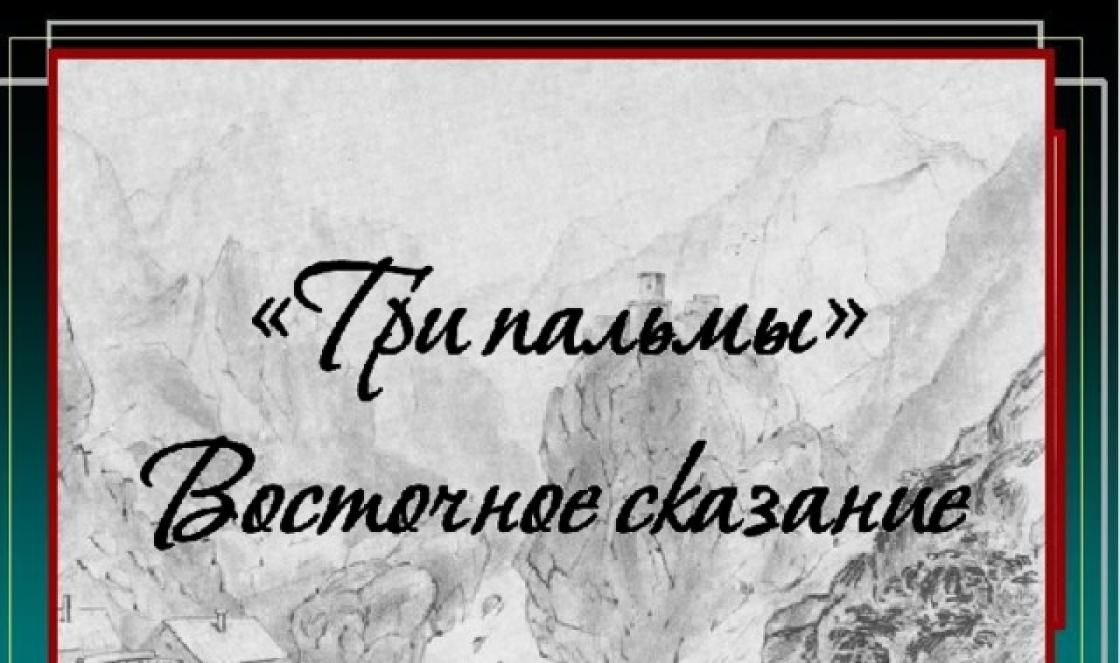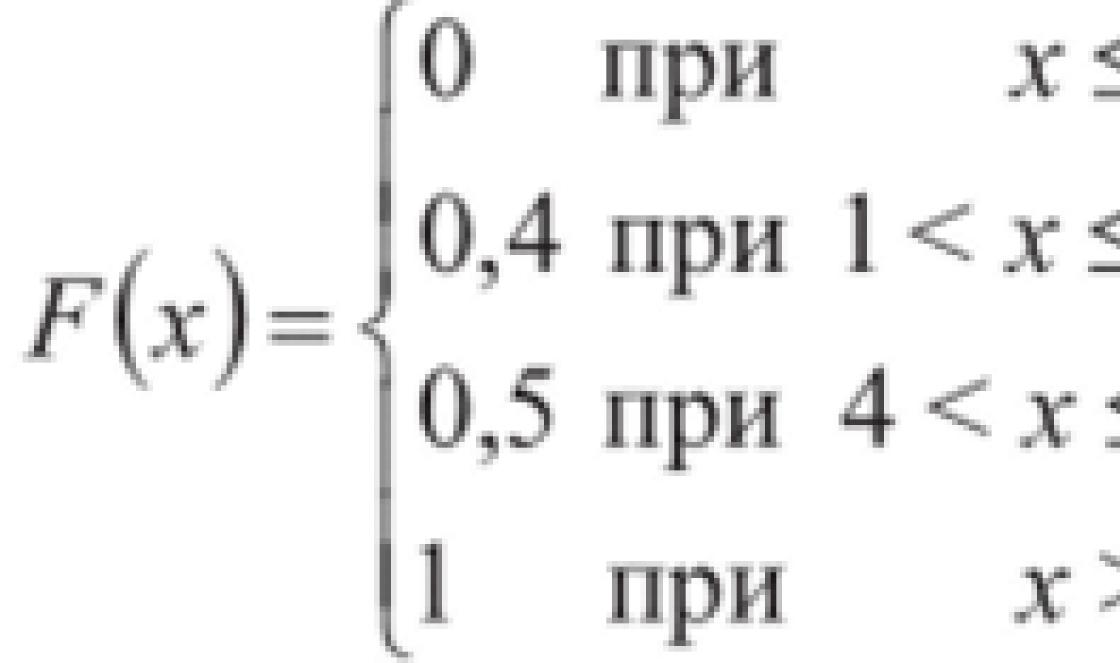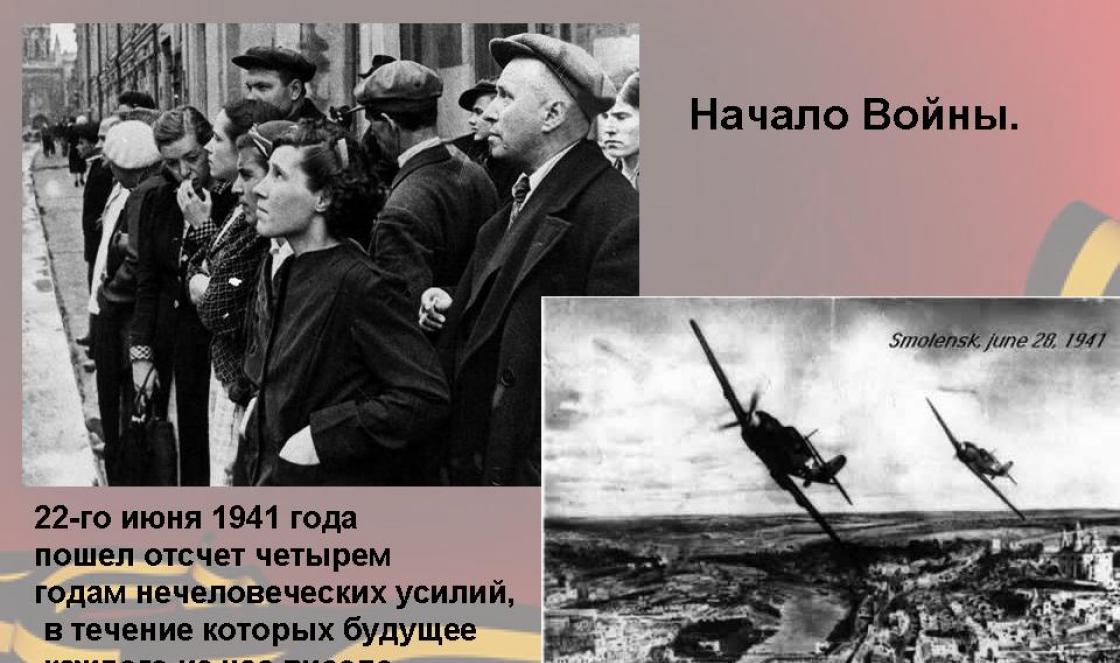“Three Palms” is a poem by M.Yu. Lermontov, written in the style of an oriental legend. The main characters of the poem “Three Palms” are palm trees growing in the desert. A clear stream breaks through the roots of palm trees. Palm trees carefully shelter the stream from the scorching rays of the sun and protect it from sand blown from the desert by the sultry wind.
It would seem that a happy symbiosis is evident here - the stream nourishes the trees with life-giving moisture, and the palm trees protect the stream from the heat and sand. But such a fate is not enough for palm trees. They are indignant and ask heaven, when will they be able to fulfill their destiny and shelter tired travelers in their shadow?
And the heavens give them such an opportunity - a large caravan appears on the horizon, heading towards the palm trees. Palm trees happily welcome guests, covering them with their shade, and a cool stream generously feeds people with clean and tasty water. But then evening comes, people get cold and, without thinking about the consequences, they calmly chop down palm trees for firewood. The fires burn all night, and the next morning the caravan moves further into the desert.
Having lost the protection of palm trees, the stream gradually dries up under the pressure of hot sand and the sultry sun. Time passes and nothing reminds us that there was an oasis here, a fertile corner that gave travelers saving shade and the life-giving moisture of a clean stream.
This is the summary of the poem.
The main idea of the poem “Three Palms” is that a person must take care of the nature around him, so that other people can take advantage of the gifts nature gives us. The author focuses the reader's attention on the senseless cruelty that is characteristic of man and shows the shortsightedness that is inherent in many people.
In the poem, I liked the responsible position of the palm trees, which were not content with a blessed existence in the oasis, but expressed a desire to serve and help people. But here a philosophical question unspoken by the author arises: “Is the fulfillment of a desire always good?” If the heavens had not fulfilled the wishes of the palm trees, then this piece of paradise might still have remained in the desert. Sometimes it is common for people to strive for a desired goal, but at the same time people rarely think about what consequences achieving this goal will bring them.
I like the poem “Three Palms” for its philosophical bent. It makes you think about the consequences of human actions. Do the actions people do always benefit themselves and the world around them?
What proverbs fit the poem “Three Palms”?
Take care of your beloved nature, like your own mother.
Best the enemy of the good.
He who has not planted a tree does not lie in the shade.
If you chase the big, you will lose the small.


Genre of the work
- The author himself indicates the genre of this work - “oriental legend”. What is it anyway legend ?
- A legend is a story of historical or legendary content.
- Prove examples from the text that the legend is true eastern?
- Is the work based on a real or fantastic event? Prove it.
- In the work there is something fantastic: symbolic number “three”, personification (palm trees are living creatures), motif of magic. Also there is also a real one: a detailed description of the caravan and its rest stop.

Genre of the work
BALLAD
This lyric-epic genre literature, narrative song with dramatic plot development, which is based on unusual case .
Features of a ballad:
- tense, difficult plot;
- often tragic, sad denouement ;
- strong emotional background;
- often used repetitions;
- one of the tasks of the ballad is instructive .

Ballad composition
Which composition parts would you share a ballad?
- Picture of an oasis* and palm trees (stanzas 1 and 2)
- Murmuring* of palm trees (3rd stanza)
- Description of the caravan (4-6 stanzas)
- Greeting the caravan with palm trees (stanza 7)
- Death of palm trees (8th stanza)
- Description of the barren desert (verses 9 and 10).
- Look closely at structure of the work. What to call such a composition?
- The ballad has ring composition .
- Which reception is the basis works (when objects, events are opposed to each other)?
- The ballad is based on antithesis– opposition.

Image of three palm trees
- What is the basic technique used to depict palm trees? Prove with examples from the text.
- Personification underlies the image of palm trees.
- What do palm trees symbolize?
- Image of palm trees can be seen as symbol of nature.
- What other images are there in the ballad?
- Spring, caravan
- We have already talked about the antithesis. What image contrasts with palm trees? What does this image represent?
- The image of the caravan is contrasted image of palm trees. The image of the caravan represents the world of people with their devices and attitude towards nature.
- What theme arises in the work?
- TOPIC 1: The theme of beauty and harmony of man with the world.
You cannot use natural resources if you think only about your own current well-being.

Topic and idea No. 1
- What kind subject appears in the work if we consider contrast between nature and man ?
- TOPIC 1: The theme of beauty and harmony of man with the world and nature.
- Identify the idea according to this theme in the ballad:
- IDEA 2: Man and nature are connected unbreakable thread . You cannot use natural resources , if you only think about your own own current well-being.

Image of three palm trees
- What important character traits of palm trees would you note? Prove with examples from the text.
- Pride– the main quality of palm trees: “ proud palm trees", "steel...for God grumble ». They dare to condemn God's decision: « Not right yours, oh heaven, holy sentence » .
- If palm trees were people, what would they be like? Why? *
- Why did the palm trees begin to murmur against God? What did they want? Prove with examples from the text.
- There were palm trees unhappy with their fate, they wanted For yourself another :
“Are we born to wither here? Growing up uselessly in the desert and we bloomed Wavering with the whirlwind and heat of the fire, No one's favor, pleasing the eye ?.. Your holy verdict is wrong, O heaven!”

Image of three palm trees
- Why were the palm trees eventually destroyed?
- The palm trees complained against God and were punished. This is darling price for pride and self-confidence.
- Was their request fulfilled? *
- In fact, the palm tree's request was granted, because they asked for benefits to people.
- Have the palm trees thought about what their request for “benefits to others” might lead to? Why?
- No, the palm trees did not think that their grumbling would turn into this. Few people think about the fact that the end result may not bring satisfaction, but deep disappointment. .

Topic and idea No. 2
- What another one subject appears in the work in connection with the image of palm trees?
- TOPIC 1: Subject pride(self-confidence).
- Identify the idea according to this theme in the ballad:
- IDEA 2: Attempt refuse from humility and accepting what is determined fate, can lead to fatal(sad) consequences.

Folk wisdom
- Which Proverbs and sayings you can remember related to second(MAIN) theme of the ballad?
Needed where was born.
Submit to trouble, and trouble will submit.
Humility is pleasing to God, enlightenment of the mind, salvation of the soul.
To be proud is to be considered stupid. Arrogance is not intelligence.

Homework
We have highlighted image of the Spring . Write a short creative work at home based on this image. . Sample questions :
When do we first encounter the spring?
What is the fate of the spring? What emotions does it evoke in you?
Does the spring rightly suffer in the end?
Is the image of a spring similar to the image of palm trees? What is the difference ? etc.
Don't forget to include quotes from the ballad as examples.
- Researchers define the genre of the poem “Three Palms” as a ballad. Do you agree with this definition of the genre? What signs of a ballad do you find in it?
- What is the main idea of this work? In what other poetic texts of Lermontov does it sound?
- Pay attention to such a feature of the work as a ring composition. What is the socio-philosophical meaning of such a compositional technique?
The poem “Three Palms,” named by Lermontov in the subtitle “Oriental Legend,” displays the features of the ballad genre. This is the harsh masculinity of the plot, its acute conflict, laconicism and capacity of the narrative, lyrical richness, clarity of compositional forms, rhythmic organization of the verse. Lermontov in his later work creates a ballad-allegory, which allows him to pose significant philosophical and socio-historical problems. All these signs are present in the poem “Three Palms”.
Lermontov's inner world is characterized by a feeling of impending human catastrophe. In the ballad “Three Fingers”
we" we find situations similar to those that arise in "The Demon",<<Мцыри» и «Герое нашего времени». Душа, откры-тая миру, встречает на своем пути озлоб-ление, обман, неблагодарность. Так и три пальмы, казалось бы, дождавшиеся осу-ществления своей мечты, гибнут жерт-вой человеческой жестокости. Основную мысль баллады можно определить так: пальмы — символ юных существ, полных жизненных сил и благих порывов, жаж-дущих послужить людям, принести поль-зу человечеству. Кажущееся осуществле-ние мечты делает конечный исход еще бо-лее трагичным — неожиданная гибель, смерть вместо благодарности за содеянное добро, за бескорыстную самоотдачу. Так в аллегорической форме выражено близкое поэту ощущение социально-нравственной катастрофы. Текстуальная близость этого стихотворения обнаруживается с «И скуч-но и грустно…».
Lermontov’s image of the desert appears in the poems “Prophet”, “I Go Out Alone on the Road”, in the poem “Demon” and has a symbolic social and philosophical meaning. Material from the site
With the help of a ring composition, which is based on the technique of antithesis, Lermontov shows the tragedy of a person in a catastrophic situation. The pleasing landscape painted in the first stanza (three proud palm trees, a spring with cold water, green leaves - and this luxury in the Arabian desert!) contrasts sharply with the depressing picture of devastation. The poet's mood sharply declines, and the reader remains with a dejected feeling. The socio-philosophical meaning of such a compositional frame is grief that a person has become the culprit of a catastrophe, which can definitely destroy him.
Composition
All his life M. Yu. Lermontov reflected on important life issues, and he tried to express his thoughts in his lyrics. The author seems to involve us, the readers, in his thoughts, revealing to us the most cherished of what lurks in the depths of the human soul. Therefore, reading his poems, we worry, feel sad and happy, we live together with his heroes. The sincere voice of the poet enchants, excites us, makes us empathize with his feelings and thoughts, enriches our inner world.
Lermontov created real masterpieces. For example, his landscape lyrics. How vividly he knew how to convey the beauty of nature in all its colors, with all its moods! Many of the poet’s works are filled with sadness and tragedy, and the author saw the cause of this tragedy in the unjust structure of the world. An example is his poem “Three Palms”.
The action takes place against the backdrop of beautiful oriental nature.
In the sandy steppes of Arabian land
Three proud palm trees grew high, -
writes the poet. And we immediately imagine spreading tall beauties, who protect under the “green tabernacle”, giving rest and coolness, a ribbon of stream with cold water. For many years, an icy spring gurgled, and luxurious foliage waited under its shadow for a tired traveler. But no one came to the palm trees or bowed down to the life-giving stream; they waited in vain for a wanderer who, tired of the heat, would stop to rest in the shade of the trees and gratefully lean into the “icy moisture” of the spring. “Are we born to wither here?” - the palm trees turn to God, dissatisfied with their unfair fate. And what awaits them in return? The sky heard the prayer: the long-awaited caravan appeared in the distance.
The travelers settled down to rest in the shade of the trees and filled their jugs with water from the spring. It would seem that long years of waiting have finally come true. But as soon as evening fell, cruel people cut down the trees at the roots. The children tore off the green foliage, the palm trees themselves were mercilessly chopped up, “and slowly burned them with fire until the morning.” And in the morning the caravan calmly continued on its way, leaving behind only barren soil. And what do we see now? Instead of a green canopy of leaves, “now everything is wild and empty all around.” There is no one to whisper to the spring. It no longer flows as before, murmuring like a cold wave.
In vain does he ask the prophet for a shadow -
Only the hot sand carries it away...
Thus, the proud palm trees, which saw the meaning of their whole lives in pleasing the eye, giving moisture and coolness in the midst of the sultry sandy desert, died senselessly. The beauty that existed in these parts for many years was destroyed in one moment. Have these people thought about what they left behind? Such cruelty of people is unforgivable!
The poem “Three Palms” surprises with its colorfulness and strength. It also made a great impression on the outstanding Russian critic V. G. Belinsky. “What imagery! - so you see everything in front of you, and once you see it, you will never forget it! A marvelous picture - everything sparkles with the brightness of oriental colors! What picturesqueness, musicality, strength and strength in each
verse..." he wrote. In Syria, this poem by Lermontov has been translated into Arabic, and children in schools learn it by heart.





